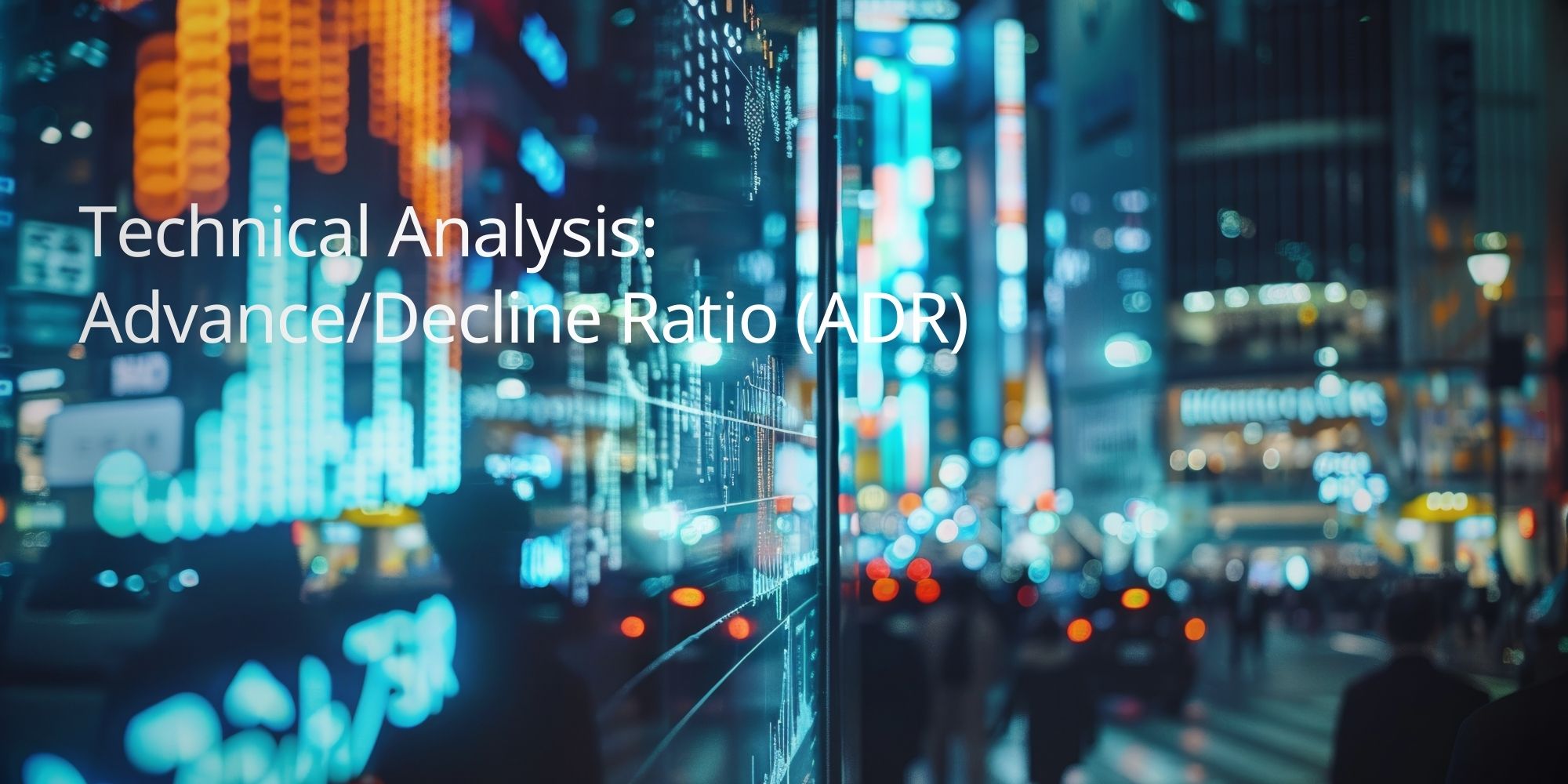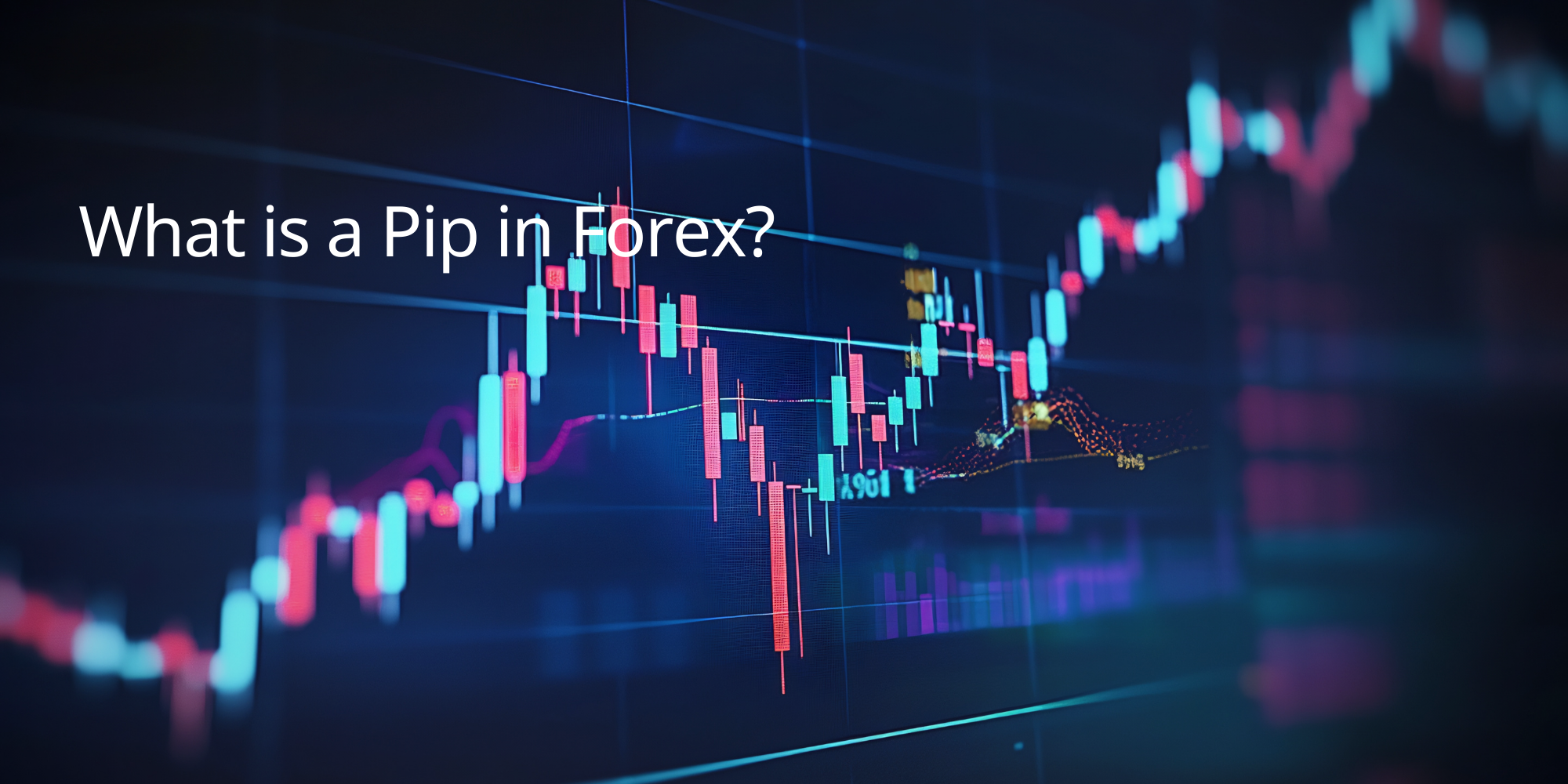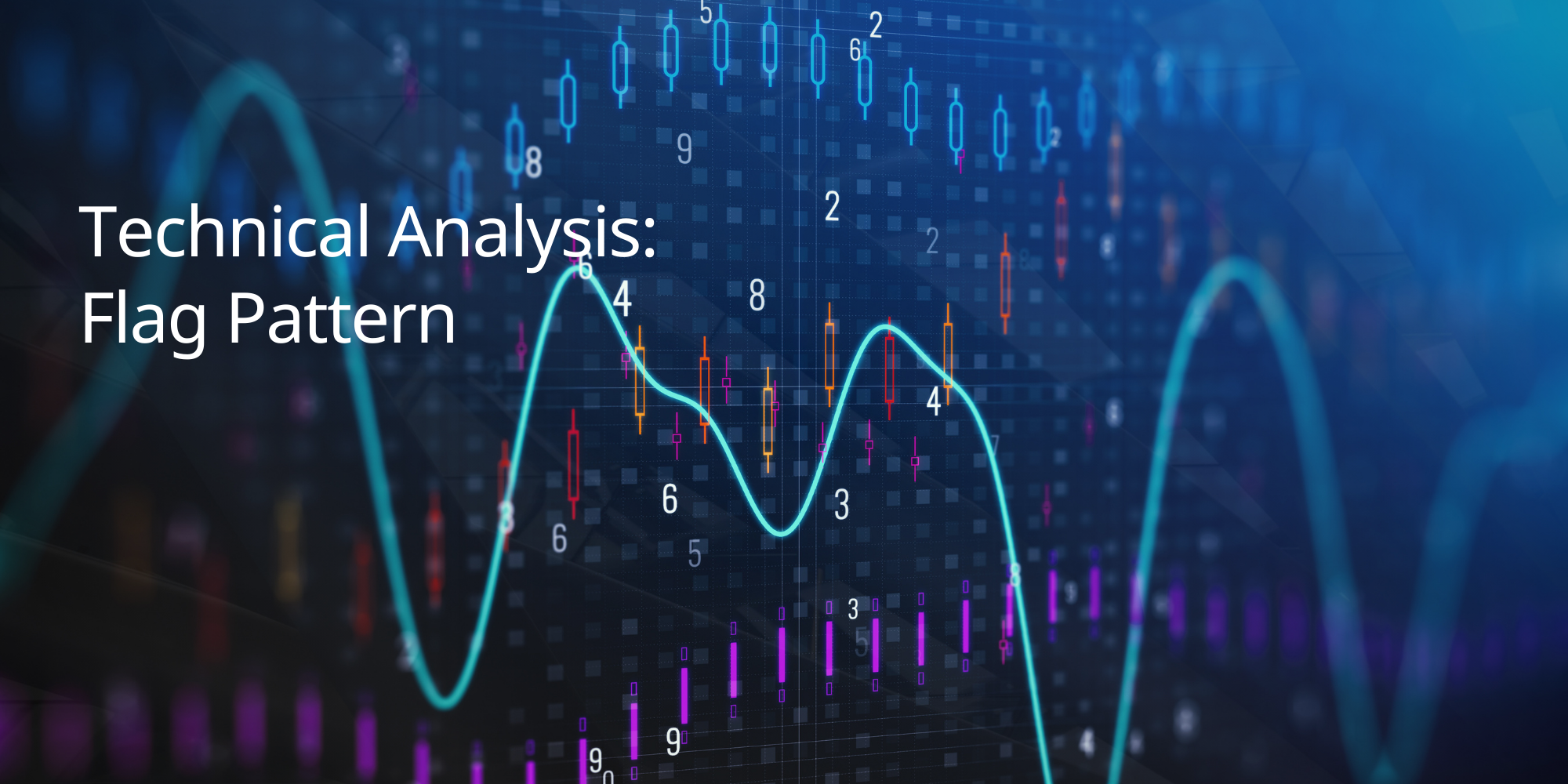TradeSmart presents a comprehensive introduction to the Advance/Decline Ratio (ADR), a valuable tool for traders seeking to understand market breadth and momentum. Whether you’re a seasoned investor or just starting, ADR can provide valuable insights into market dynamics.
What is the Advance/Decline Ratio?
The Advance/Decline Ratio (ADR) is a key indicator of market breadth, measuring the proportion of advancing stocks to declining stocks. It provides a snapshot of overall market sentiment, revealing whether optimism or pessimism prevails among traders. ADR goes beyond simple price movements by considering the number of stocks participating in a trend, offering a broader perspective on market health.
How does the Advance/Decline Ratio work?
ADR acts as a barometer for market momentum. By comparing the number of stocks moving upwards to those moving downwards, it helps traders gauge the strength and direction of the overall market. A high ADR suggests a bullish market with more stocks advancing, while a low ADR indicates a bearish market with more stocks declining.
What are the two types of Advance/Decline Ratios?
Traders often use two main types of ADR:
- Short-term ADR: Focuses on daily market fluctuations, providing insights into short-term trends and momentum shifts.
- Long-term ADR: Considers weekly or monthly trends, offering a broader view of market sentiment over a longer period.
Both types of ADR provide valuable perspectives, and traders often use them in conjunction to gain a comprehensive understanding of market dynamics.
How to Calculate the Advance/Decline Ratio?
Calculating the ADR is straightforward:
ADR = Number of Advancing Stocks / Number of Declining Stocks
For example, if 1,500 stocks advance and 700 decline, the ADR would be 1500/700 = 2.14. This indicates a bullish market with more than twice as many stocks advancing as declining.
What are the advantages of the Advance/Decline Ratio?
- Gauges Market Sentiment: ADR provides a clear picture of whether the overall market sentiment is bullish or bearish.
- Identifies Trends: ADR helps identify broad market trends and potential shifts in momentum.
- Early Warning System: Changes in ADR can signal potential trend reversals before they become apparent in price movements.
What are the disadvantages of the Advance/Decline Ratio?
- Large-Cap Bias: ADR can be influenced by the performance of large-cap stocks, potentially skewing the overall market picture.
- Lacks Sector Specificity: ADR doesn’t provide insights into individual sectors, which can be important for traders focused on specific industries.
- Susceptible to Noise: Short-term fluctuations in ADR may not accurately reflect the underlying market trend.
How is the Advance/Decline Ratio Used in Stock Market Trading?
The Advance/Decline Ratio (ADR) is a versatile tool that can be seamlessly integrated into your trading analysis. TradeSmart offers advanced trading platforms, which provide customizable charting tools, a wide range of technical indicators, and real-time data feeds, empowering you to make the most of ADR and other market insights.
What is the Importance of the Advance/Decline Ratio in Technical Analysis?
The Advance/Decline Ratio (ADR) is a valuable addition to any trader. Here’s why it’s important in technical analysis:
- Beyond Price: While many technical indicators focus solely on price movements, the ADR provides a broader perspective by considering the number of stocks participating in a trend. This helps you assess the overall health and strength of the market.
- Confirming Trends: The ADR can help confirm the validity of price trends. A rising ADR in an uptrend suggests broad-based strength, while a falling ADR in a downtrend indicates widespread weakness.
- Spotting Divergences: By comparing the ADR to price action, you can identify potential divergences that may signal upcoming trend changes. For example, if the price is making new highs but the ADR is declining, it could suggest that the uptrend is losing momentum.
In essence, the ADR adds another dimension to your technical analysis by providing insights into market breadth and participation. This can help you make more informed trading decisions and improve your overall market understanding.
How to Interpret the Advance/Decline Ratio (ADR)?
The Advance/Decline Ratio (ADR) provides valuable clues about market trends and potential turning points. Here’s how to interpret its signals:
- ADR Above 1: Bullish Market: An ADR greater than 1 indicates that more stocks are advancing than declining. This generally suggests a healthy market with positive momentum. However, be cautious of extremely high ADR readings, as they might signal an overbought market where a correction is likely.
- ADR Below 1: Bearish Market: An ADR below 1 suggests that more stocks are declining than advancing, indicating a bearish market. However, this could also present opportunities for contrarian traders. As selling pressure subsides, an oversold market can rebound, creating buying opportunities.
- Consider the Trend: Don’t rely on a single day’s ADR. Instead, track ADR over time to identify trends and confirm the strength of market movements. A consistently rising ADR confirms a bullish trend, while a falling ADR confirms a bearish trend.
By understanding these signals, TradeSmart allows traders to use ADR to make more informed trading decisions. Remember to combine ADR analysis with other technical indicators and market insights for a comprehensive view.
What is the Best Trading Strategy for the Advance/Decline Ratio (ADR)?
The Advance/Decline Ratio (ADR) is a valuable tool on its own, but it becomes even more powerful when combined with other technical indicators. Here’s how to use ADR in conjunction with other indicators for effective trading strategies:
- ADR and Volume: Analyze ADR alongside trading volume to confirm the strength of market trends. High ADR with increasing volume suggests strong bullish momentum, while low ADR with increasing volume indicates strong bearish pressure.
- ADR and Moving Averages: Use ADR in conjunction with moving averages to identify potential trend reversals. Divergences between ADR and moving averages can signal an impending shift in market direction. For example, if the ADR is falling while the price remains above a key moving average, it could indicate weakening bullish momentum.
- Comprehensive Analysis: Combine ADR with other indicators that resonate with your trading style and objectives. This might include momentum oscillators, relative strength indicators, or volatility measures. By analyzing the confluence of signals from multiple indicators, you can gain a more comprehensive view of the market and make more informed trading decisions.
When is the Best Time to Trade Using the Advance/Decline Ratio (ADR)?
The Advance/Decline Ratio (ADR) can be particularly useful for timing your trades, especially during periods of significant market activity. Here’s when ADR can be most effective:
- Strong Market Trends: Whether the market is experiencing a strong bullish or bearish trend, ADR can help you identify the optimal entry and exit points for your trades. For example, during a bull market, a rising ADR confirms the strength of the trend and may signal further upside potential.
- Market-Moving Events: Pay close attention to economic releases, company announcements, and geopolitical events that can significantly impact market sentiment. ADR can help you gauge the market’s reaction to these events and identify potential trading opportunities. For instance, if a positive economic report leads to a surge in advancing stocks and a rising ADR, it could signal a good time to enter long positions.
- Volatility and Breakouts: ADR can also be helpful for anticipating potential breakouts or reversals. A sudden surge in ADR, especially with increasing volume, could indicate a breakout from a key resistance level. Conversely, a sharp drop in ADR might signal a breakdown from a support level.
By understanding these timing considerations, traders can use ADR to enhance their trading strategies and capitalize on market movements on TradeSmart. Remember to combine ADR analysis with other technical indicators and market insights for a comprehensive view.
What is a Good Advance/Decline Ratio (ADR)?
Understanding what constitutes a “good” Advance/Decline Ratio (ADR) requires more than just looking at the number itself. It’s about considering the broader market context and how the ADR aligns with your trading strategy. Here are some key factors to keep in mind:
- Alignment with Market Trends: A “good” ADR should confirm the prevailing market trend. In a bullish market, a rising ADR indicates broad participation and strengthens the bullish case. Conversely, in a bearish market, a falling ADR confirms the downtrend. Contrarian traders might look for extremely low ADR readings in a bearish market as potential reversal signals.
- Relative ADR Values: Compare the current ADR to its historical average. A consistently high ADR relative to its historical range suggests strong market breadth and positive sentiment. Conversely, a low ADR compared to its historical average might indicate underlying weakness.
- Sector and Market Cap Considerations: A “good” ADR should reflect broad market participation across different sectors and market caps. If only large-cap stocks are driving the ADR higher, it might not accurately represent the overall market sentiment.
- Economic and Geopolitical Context: Consider the overall economic and geopolitical environment. A high ADR in a strong economy might be a positive sign, while the same ADR in an uncertain economic climate might warrant caution.
Ultimately, a “good” ADR is one that supports your trading strategy and helps you make informed decisions.
Frequently Asked Questions
Q: How often should I check the ADR?
A: It’s crucial to monitor the ADR at key moments during the trading day, such as the market open and close. These times provide valuable insights into early sentiment and the strength or weakness of market participants.
Q: Can the ADR predict market reversals?
A: While not a foolproof predictor, the ADR can offer early signals of potential market reversals. As a broad measure of market health, shifts in the ADR can indicate changing sentiment that may precede a trend change.
Q: Is the ADR applicable to all markets?
A: Certainly! The ADR can be applied to various markets, including forex, stock indices, commodities, and cryptocurrencies. Its versatility makes it a valuable tool for traders across different asset classes.
Q: How does the ADR differ from other market breadth indicators?
A: The ADR focuses specifically on the number of advancing and declining stocks, providing a simple and direct measure of market breadth. Unlike other indicators that might consider only volume or new highs/lows, the ADR offers a clear picture of overall market participation.
Q: Can the ADR be used for all types of trading strategies?
A: Yes, the ADR is a versatile tool that can complement various trading strategies. It’s particularly useful for strategies based on market sentiment and trend analysis, but it can also be incorporated into other approaches to enhance trading decisions.
Start Trading




